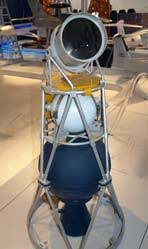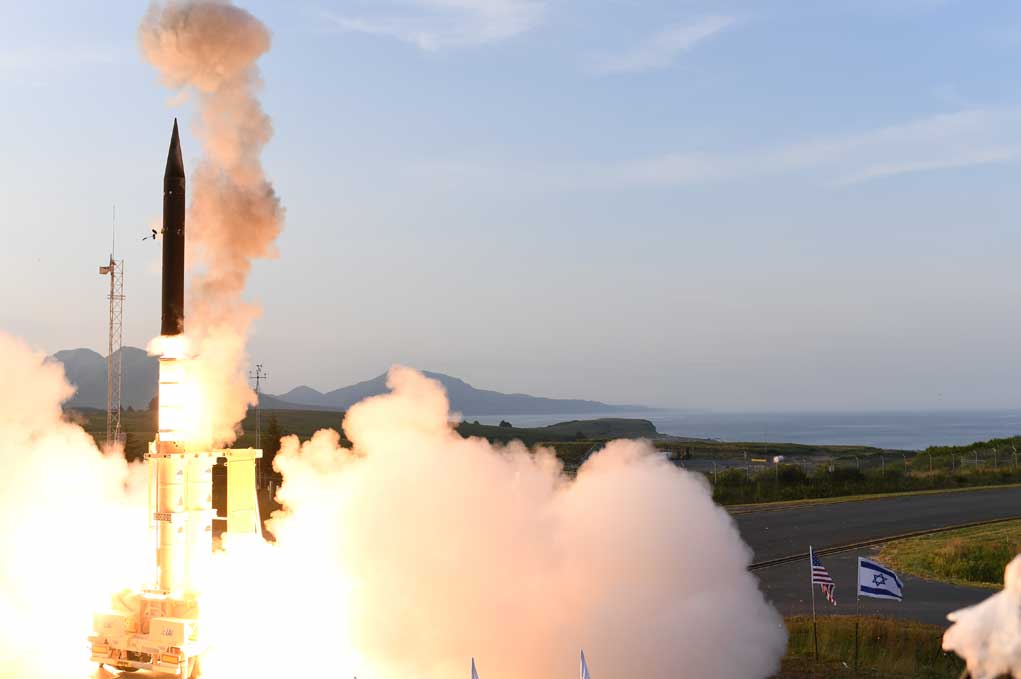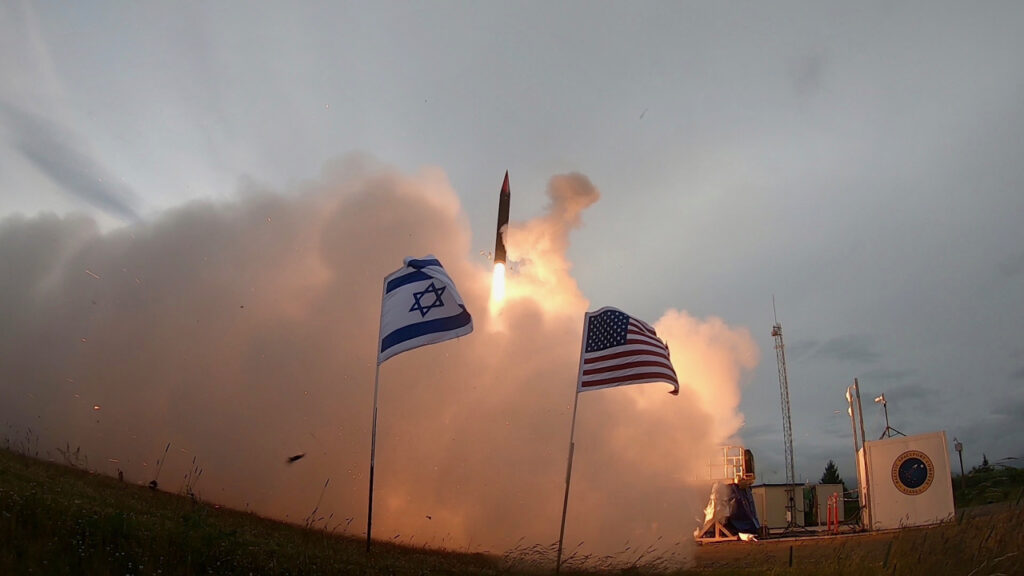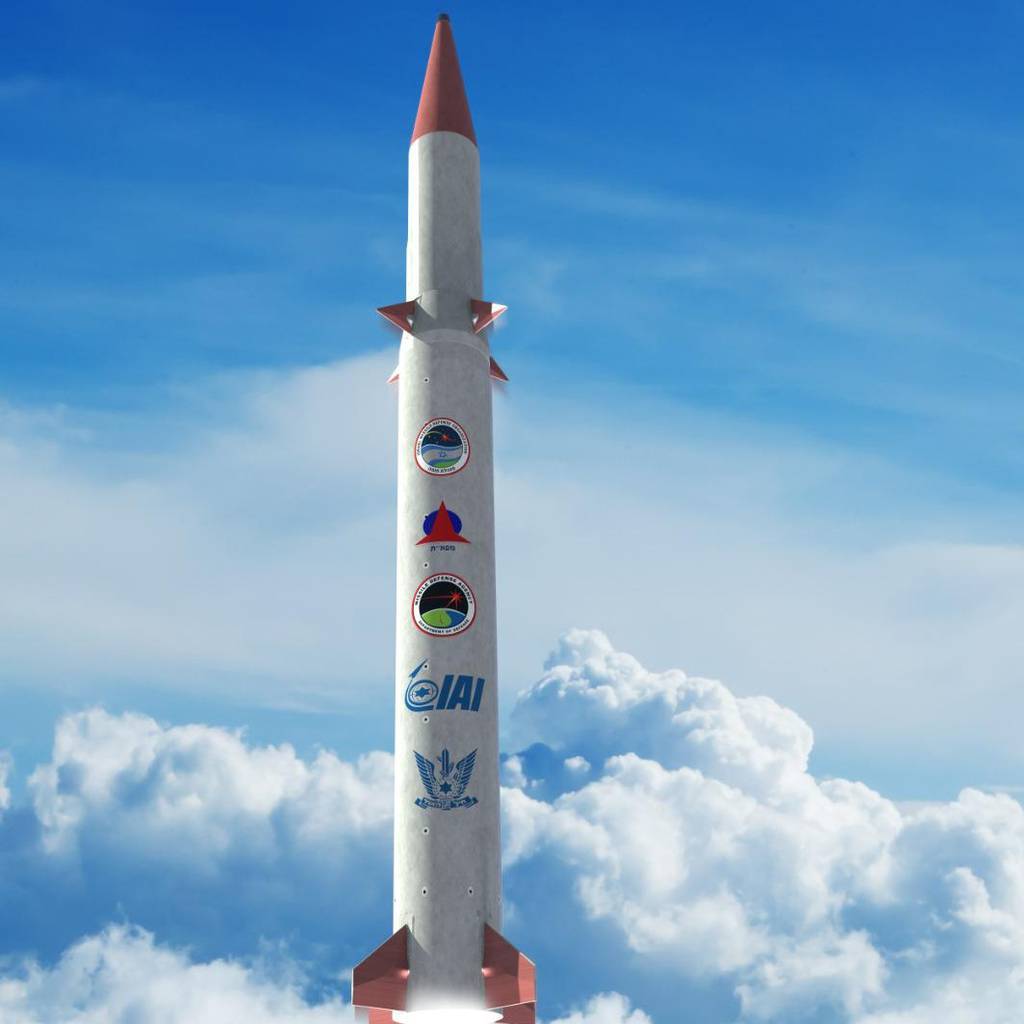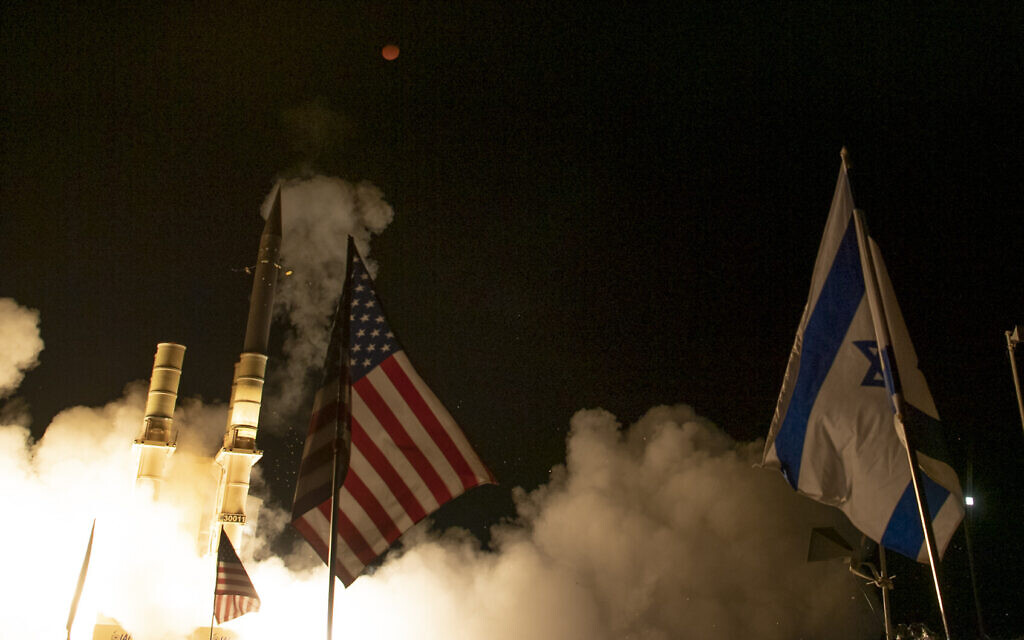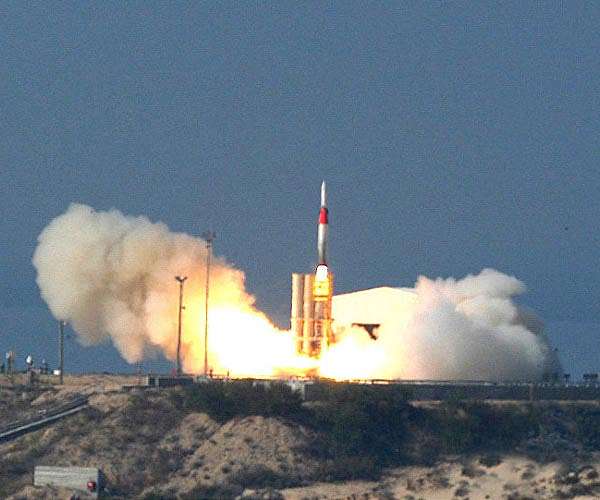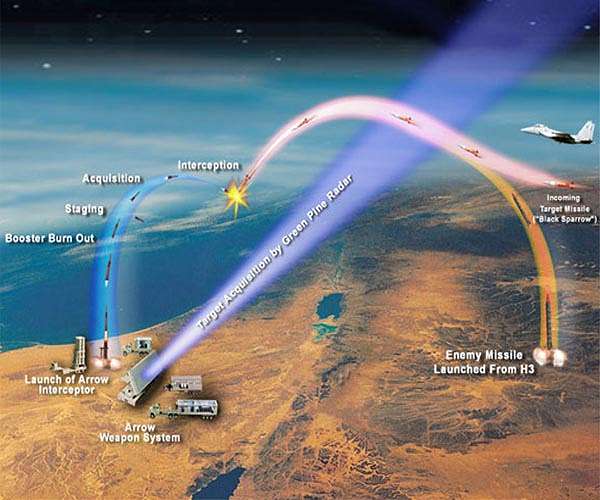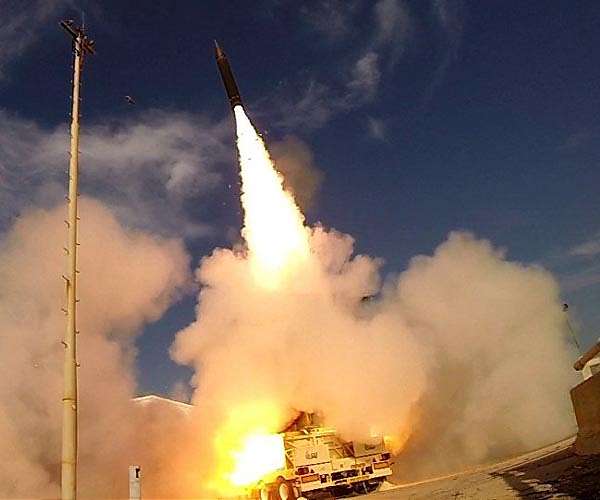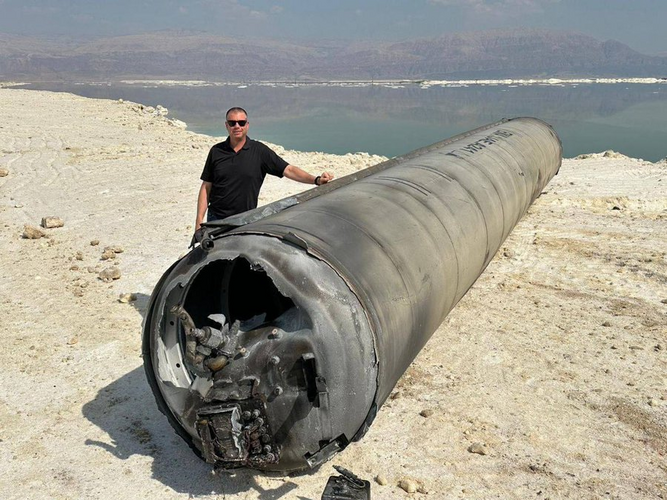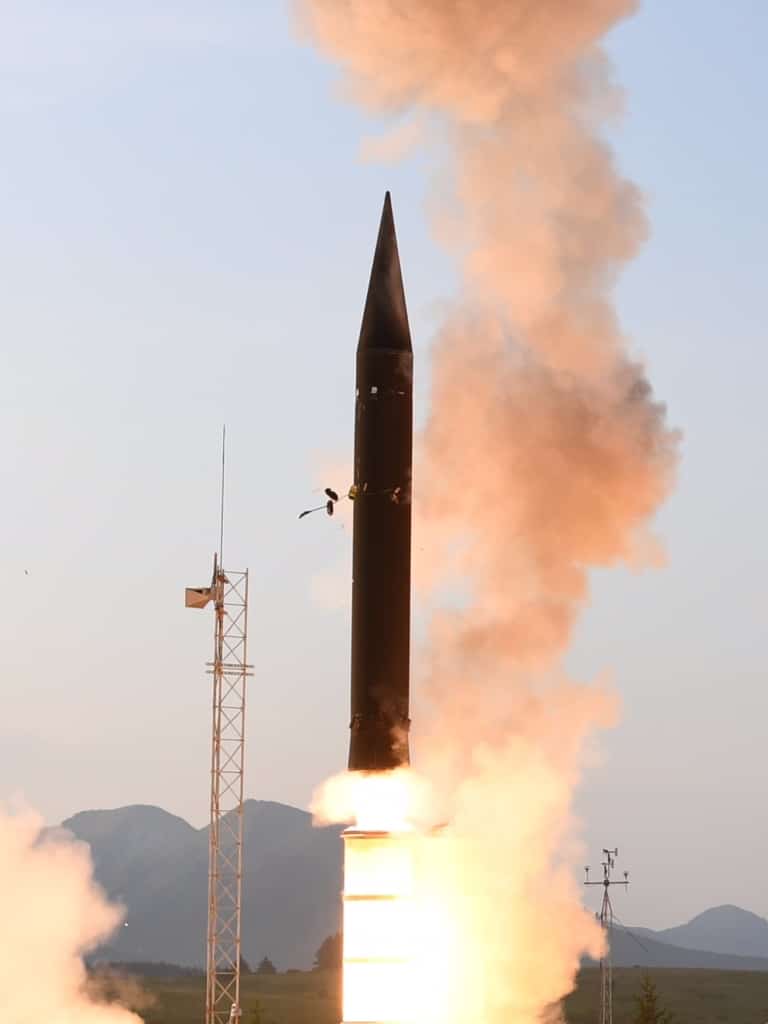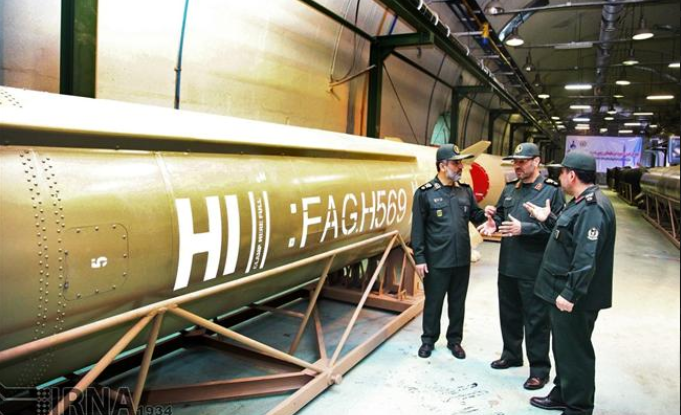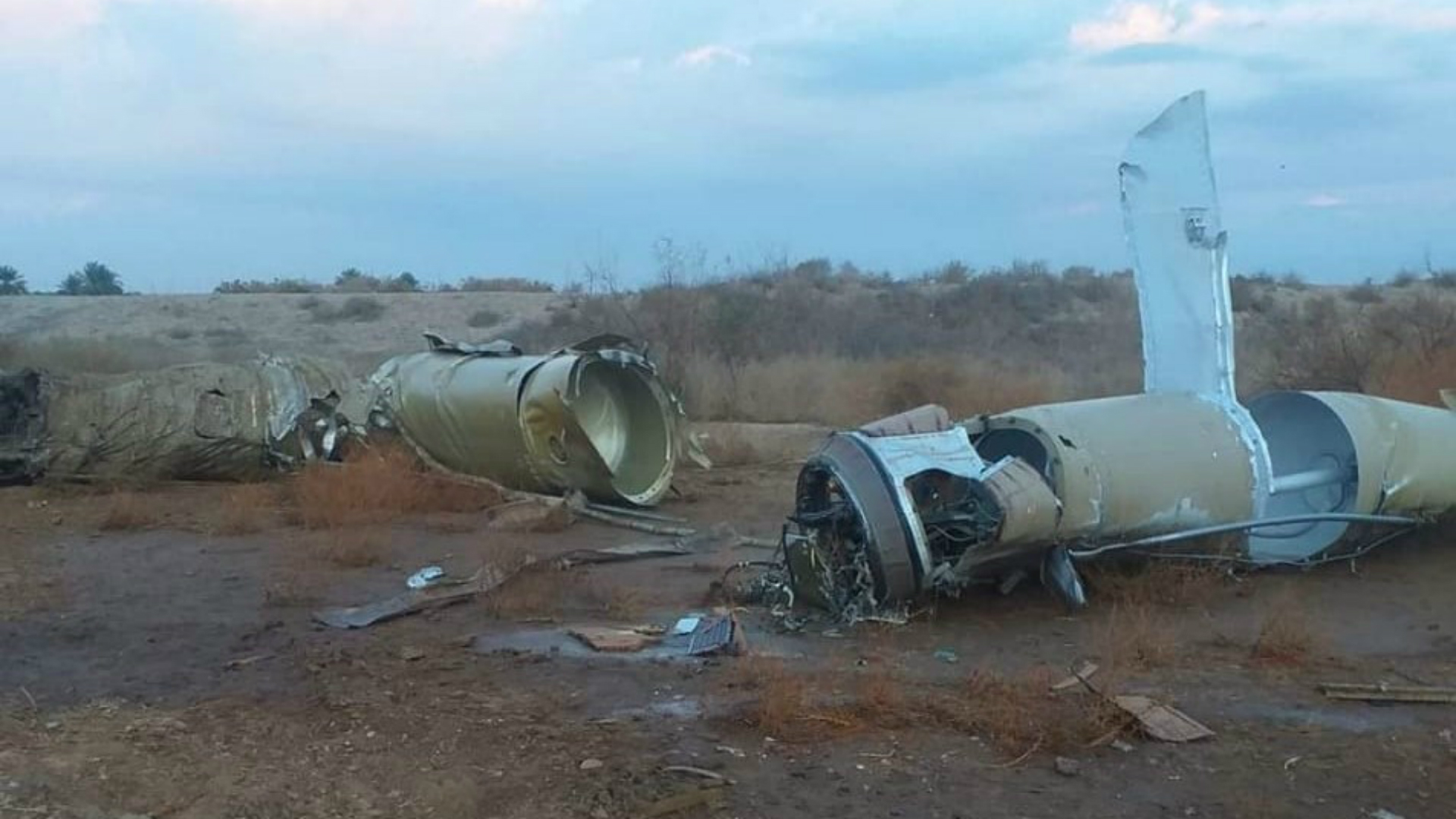- Joined
- 3 June 2011
- Messages
- 17,300
- Reaction score
- 8,986
"This morning, the Ministry of Defense along with the US Missile Defense Agency, conducted the first successful test using the "Arrow 3" defense system designated for interception of ballistic missiles outside of the atmosphere.
For the past three years, the Ministry of Defense, IAI (Israeli Aerospace Industries) and IAF have been conducting tests on the "Arrow 3". This morning another one was conducted.
After launching the Sparrow target missile, the Arrow's radar system identified the target, transferred its specs to the battle management center, which analyzed it and conducted a full interception plan. With the completion of the plan, an "Arrow 3" interceptor was launched towards the target and destroyed it in space. There are plans for more tests of the "Arrow 3" interceptor system in the future, until the division becomes operational.
The first test of flight in "Arrow 3" interceptor was conducted in February, 2013, as part of a series of developments and tests of its parameters. This was an additional step in building Israel's operational abilities to withstand threats. The first test was conducted in a test range in the center of Israel."
Last edited:

